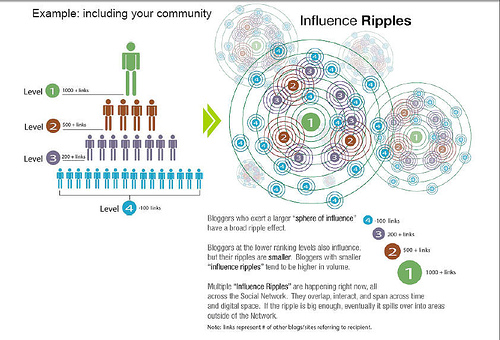Do you know how your website visitors find your website? Do you know what they do once they are there and what information they like the best? More importantly, do you know what to do with this information once you have it? The problem I often see with our mHealth clients is that not only don’t they know what “metrics” they need to be watching, they aren’t prepared to do anything with that valuable information. Because my firm is constantly chasing the moving marketing jackpot, we are always looking ahead and adopting emerging technologies and new techniques to perfect the ultimate marketing strategies for our clients.
Sometimes your mHealth brand needs some expert help to create a great marketing plan, but I’d like to share the following 6 marketing metrics to watch from an article by Kevin Cain below. Once you know what metrics to follow, you’ll be better equipped to respond and adapt your strategies accordingly.
1. Unique visitors: The best indication of your site’s overall traffic, unique visitors refers to the number of individuals who visit your website during a given period of time, where each visitor is only counted once. This number will vary dramatically depending on the size of your company, your industry and, of course, the amount of content you’re producing.
2. Page views: The cumulative number of individual pages that your visitors click on during a given period of time. If your page views are higher than your unique visitors, that may be an indication that your audience is finding your content engaging because individuals are clicking around to multiple pages.
3. Search engine traffic: The amount of traffic being referred to your site through search engines, such as Google or Bing. This number will give you a clear indication of how effective of a job you are doing at optimizing your content for search.
4. Bounce rate: The percentage of visitors who come to your site and then immediately “bounce” or leave before clicking on any other pages. A bounce rate of less than 40 percent is considered good. If it is any higher, it may be an indication that visitors to your site don’t like what they find there.
5. Conversion rate: The percentage of visitors to your site who take a specific action that your content encourages them to, such as signing up for your newsletter. Conversion rates vary considerably based on industry, but tend to hover around 2 and 3 percent on average. That said, aim for a conversion rate of approximately 5 percent, or even higher if you are creating specific landing pages for specific audiences.
6. Inbound links: The number of external links to your site, an indication that other people have found your content important enough to link to it. Importantly, the more high-quality inbound links you have, the higher your content will rank on search engines.
These are some good metrics to start you off on a strategic marketing plan for your online content. Once you find what pages are the most popular, and result in the most action from visitors, the better you will be able to tailor your efforts to gain more customers, and ultimately, more sales.
photo credit: cambodia4kidsorg via photopin cc









4 thoughts on “Key Marketing Metrics mHealth Brands Should Track”